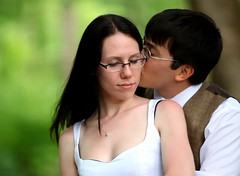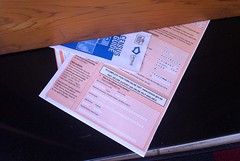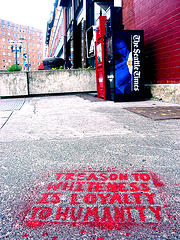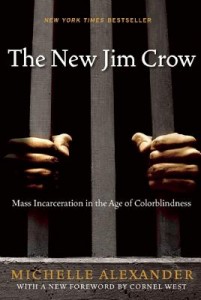
Graphic Sociology’s Laura Norén recently posted an illustration of who is earning degrees in the U.S., highlighting the growing percentage of women earning bachelor’s, master’s, and professional/doctoral degrees since the 1970s. Her engaging graphic also pointed out the percentage of degree earners by race, relative to the proportion of each group in the overall population.
TSP was pleased to see that the graphic and Norén’s analysis, which drew on data from the Department of Education and the Census Bureau, caught the eye of Andrew Sullivan over at The Daily Beast, bringing a sociologist’s take on the collegiate gender gap to an enormous public audience. Click through to see Sullivan’s post.








